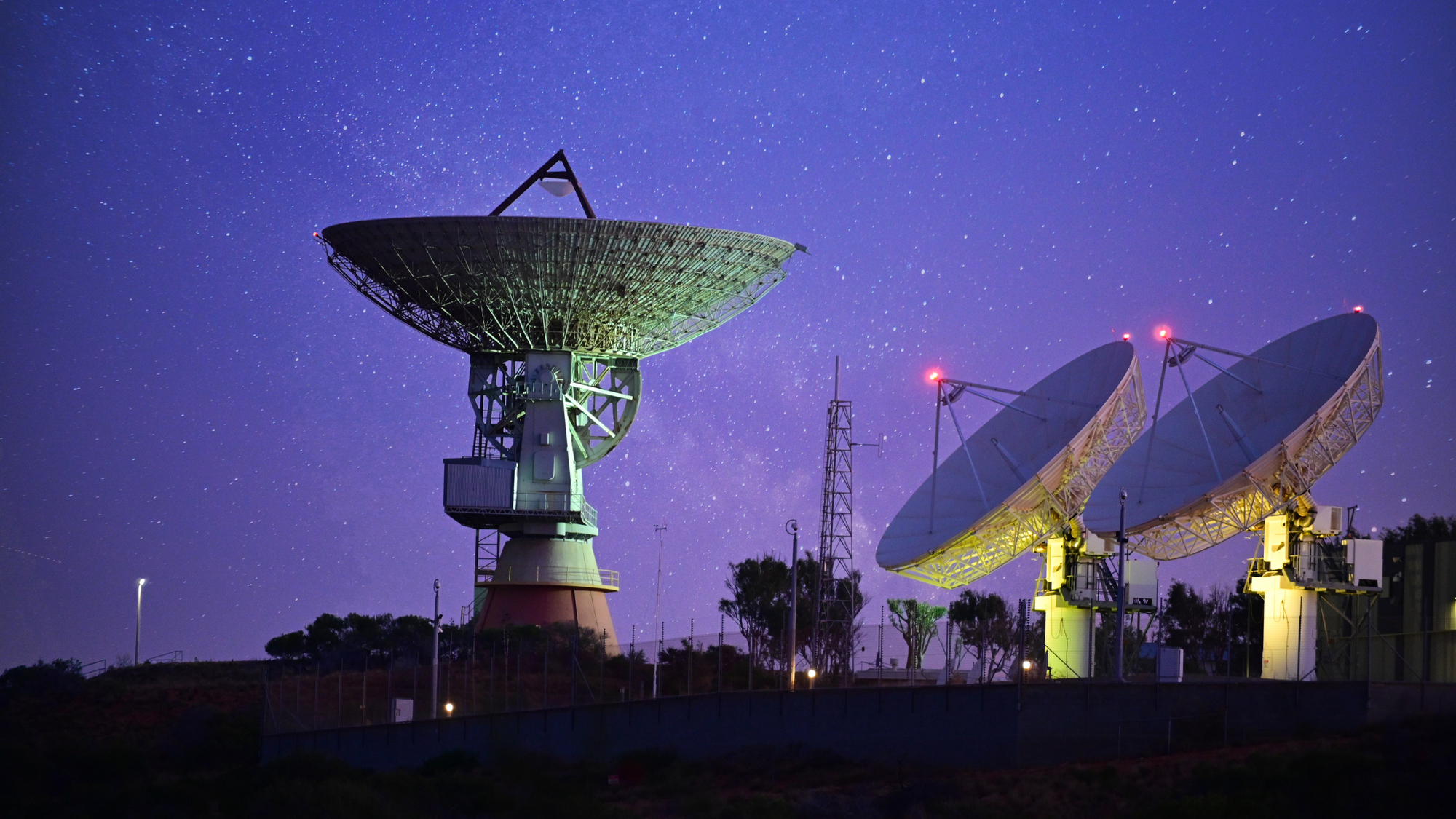

Enlisting advanced artificial intelligence to help humans search for signs of extraterrestrial life may sound like the premise to a sci-fi novel. Nevertheless, it’s a strategy that investigators are increasingly employing to help expedite and improve their ET detection methodologies. As a new paper published in Nature Astronomy reveals, one of the most promising advancements in the field may have arrived courtesy of a college undergrad.
Over the past few years, Peter Ma, a third-year math and physics student at the University of Toronto, has worked alongside mentors at SETI and Breakthrough Listen—an initiative tasked with finding “technosignatures” of extraterrestrial intelligence—to develop a new neural network technique capable of parsing through massive troves of galactic radio signals in the pursuit of alien life. Narrowband radio frequencies have been hypothesized as a potential indicator for ETs, given they require a “purposely built transmitter,” according to SETI’s FAQ.
[Related: Are we alone in the universe? Probably not.]
While prior search algorithms only identified anomalies as exactly defined by humans, Ma’s deep machine learning system allows for alternative modes of thinking that human-dictated algorithms often can’t replicate.
In an email to PopSci, Ma explains, “people have inserted components of machine learning or deep learning into search techniques to assist [emphasis theirs] with the search. Our technique is the search, meaning the entire process is effectively replaced by a neural network, it’s no longer just a component, but the entire thing.”
As Motherboard and elsewhere have recently noted, the results are already promising, to say the least—Ma’s system has found eight new signals of interest. What’s more, Ma’s deep learning program found the potential ET evidence while combing through 150TB of data from 820 nearby stars that were previously analyzed using classical techniques, but at the time determined to be devoid of anything worth further investigation.
According to Ma’s summary published on Monday, the college student previously found the standard supervised search models to be too restrictive, given that they only found candidates matching simulated signals they were trained on while unable to generalize arbitrary anomalies. Likewise, existing unsupervised methods were too “uncontrollable,” flagging anything with the slightest variation and “thus returning mostly junk.” By intermediately swapping weighted considerations during the deep learning program’s training, Ma found that he and his team could “balance the best of both worlds.”
[Related: ‘Historical’ AI chatbots aren’t just inaccurate—they are dangerous.]
The result is ostensibly an additional proofreader for potential signs of alien life able to highlight possible anomalies human eyes or even other AI programs might miss. That said, Ma explains that his program is far from hands-off, and required copious amounts of engineering to direct it to learn the properties researchers wanted. “We still need human verification at the end of the day. We can’t solely rely on, or trust, a black box tool like a neural network to conduct science,” he writes. “It’s a tool for scientists, not a replacement for scientists.”
Ma also cautions that the eight newly discovered signals of interest are statistically unlikely to yield any definitive proof of alien life. That said, his new AI advancements could soon prove an invaluable tool for more accurate searches of the stars. SETI, Breakthrough Listen, and Ma are already planning to soon help with 24/7 technosignature observations using South Africa’s MeerKAT telescope array, as well as “analysis that will allow us to search for similar signals across many petabytes of additional data.”
